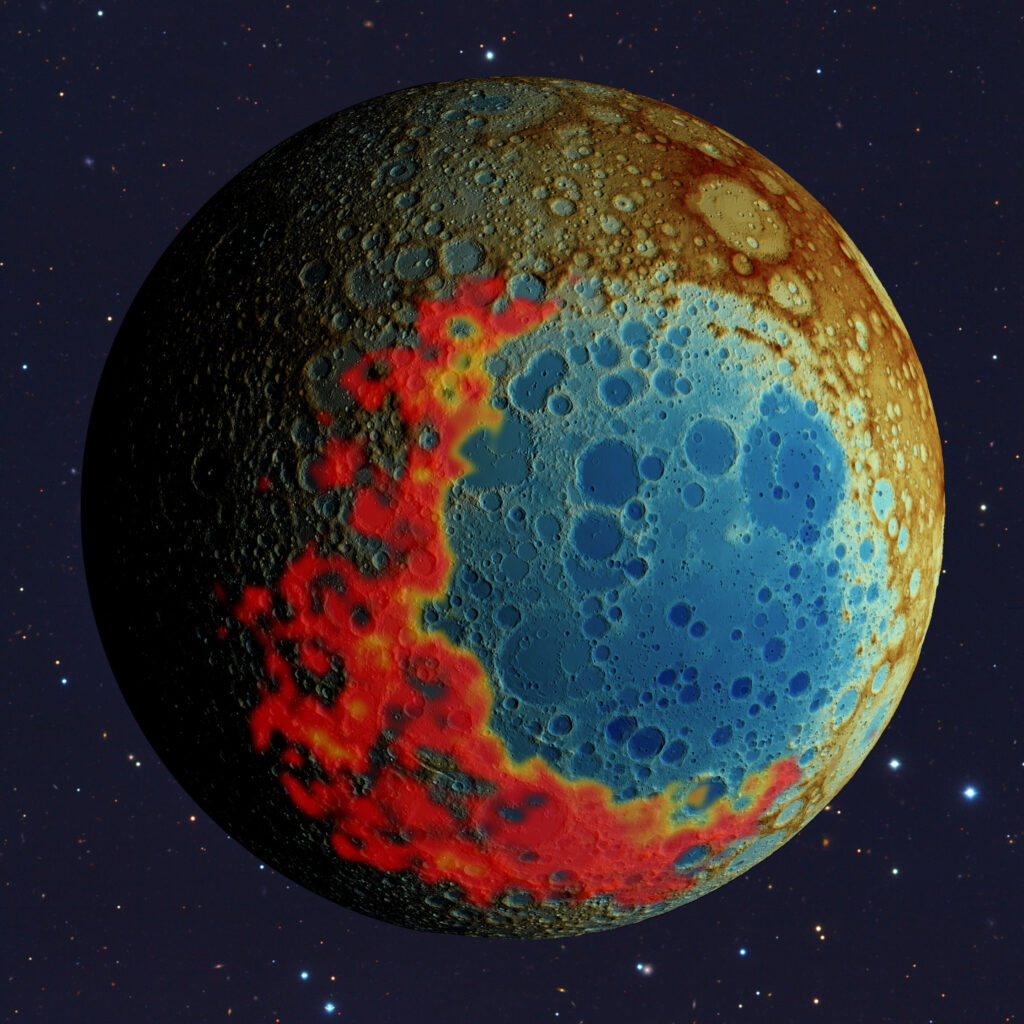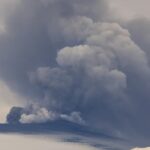
Moon’s South Pole May Hold Clues to Lunar Origins

Astronauts set to land near the Moon’s south pole as part of NASA’s Artemis programme could uncover vital clues about the satellite’s formation, according to a new study led by planetary scientist Jeffrey Andrews-Hanna at the University of Arizona.
Published in Nature, the research focuses on the South Pole–Aitken basin, the Moon’s largest and oldest impact crater. Formed roughly 4.3 billion years ago by a massive asteroid strike, the basin spans more than 1,200 miles and offers a unique window into the Moon’s interior.
The study challenges previous assumptions about the crater’s origin. By analysing its shape and comparing it to other impact sites across the solar system, researchers concluded that the asteroid likely struck from the north, not the south. This finding suggests that the Artemis landing site lies on the down-range rim of the basin, where deep lunar material excavated by the impact is most concentrated.
“This is the best place to study the largest and oldest impact basin on the Moon,” said Andrews-Hanna. “Most of the ejecta, material from deep within the Moon’s interior, should be piled up there.”

The research also sheds light on a longstanding mystery: why the Moon’s far side is heavily cratered while the near side is smoother and marked by volcanic plains. Scientists believe the early Moon was covered by a magma ocean. As it cooled, heavier minerals sank to form the mantle while lighter ones floated to create the crust. Some elements, including potassium, rare earth elements and phosphorus—collectively known as KREEP—remained in the final liquid layers.
These KREEP-rich materials are concentrated on the near side, which may explain its volcanic activity. The study proposes that as the far side’s crust thickened, it squeezed the remaining magma ocean toward the near side, similar to toothpaste being pushed from a tube.
Evidence from the SPA basin supports this theory. The western side of the crater contains radioactive thorium, a key marker of KREEP, while the eastern side does not. This asymmetry suggests the impact exposed a boundary between KREEP-rich and regular crust.
Remote sensing data from orbiting spacecraft has helped identify thorium on the surface, but detailed analysis will require physical samples. Artemis astronauts are expected to collect these during future missions.
“Those samples will be analysed by scientists around the world, including here at the University of Arizona,” said Andrews-Hanna. “Our study shows that these samples may reveal even more about the early evolution of the Moon than had been thought.”
Share this WeathÉire story:







